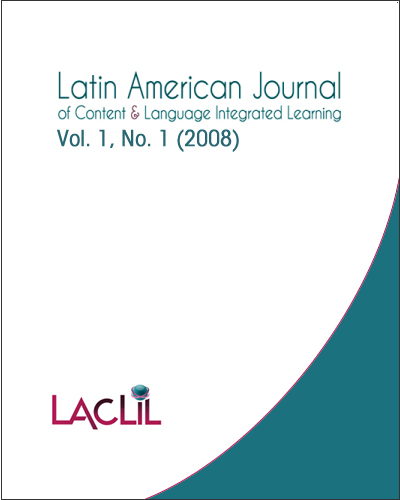Lexical Semantics as a Tool for Developing Critical Reading in the Language Classroom
DOI:
https://doi.org/10.5294/laclil.2008.1.1.8Abstract
This paper illustrates how a detailed analysis of lexical choices can evince the author’s ideological message in seemingly expository texts. The activity described, part of the content-based course English V: Technology, Environment, and Progress in the International Relations Program at the Universidad del Norte, leads students to the realization of their tendency to accept every written text as an objective depiction of reality without questioning the writer’s purpose or intentions. Furthermore, the comparison of two texts dealing with the same topic but written from opposing points of view helps the students understand how language can be manipulated for particular purposes.
Downloads
Downloads
Published
How to Cite
Issue
Section
License
This Journal and its articles are published under the Creative Commons CC BY 4.0 DEED Attribution 4.0 International license. You are free to: Share — copy and redistribute the material in any medium or format for any purpose, even commercially. Adapt — remix, transform, and build upon the material for any purpose, even commercially. The license cannot revoke these freedoms as long as you follow the terms of the license.








